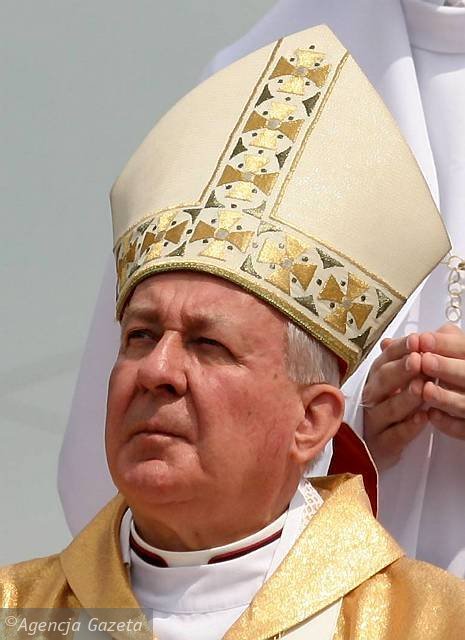Speaking of priests-as-monks…Boston radio station WBUR has this grim news for the priests there:
BOSTON — The Boston Archdiocese has admitted that, within two years, it won’t have the money to pay for the care and housing of its elderly and sick priests, unless major changes are made to those benefits.
An outside study says a combination of factors, including poor management, has brought the fund that supports retired priests to the brink of insolvency. As a result, starting Wednesday, retired and sick priests are having their benefits cut.
Joe D’Arrigo is a consultant hired by the archdiocese to put the clergy fund on sound footing. He said the fund was managed by priests with little financial experience who didn’t see the problem coming. “A combination of retiree health care, the housing costs and the increasing number of retiring priests over this last eight years or so just acted like a locomotive and the cost just overtook the fund,” he said.
This is terrible, given all these men gave to the church, and all they’ve been put through in recent years, esepcially in Boston. And it could have been avoided.
Last week I spent a day at the sixth annual conference of the National Leadership Roundtable on Church Management. Led by former financier and devoted Catholic, Geoff Boisi, the NLRCM want to bring “best practices” in management to the church to make better use of resources and personnel, to avoid scandal, financial and otherwise, and to restore credibility to the church and thereby advance her mission.
The initiative met some sharp resistance from many bishops and church conservatives early on, but it has worked diligently to overcome those suspicions, and the strategy seems to be working.
Tony Blair–a fairly new member of the Church–and USCCB vice-president, Bishop Gerald Kicanas of Tuscon addressed the conference. Kicanas will next year succeed Chicago’s Cardinal george as president of the bishops conference. Pretty high-powered players. You can watch their presentations here.
I wrote about the event for The Tablet’s annual Fourth of July edition (my piece, “Declaration of Interdependence,” is behind a firewall, alas). But worth checking out is Peter McDonough’s piece “Best Practicing Catholics,” in the April 24 edition of Commonweal (also behind a firewall–but well worth the subscription!).
A taste, from my Tablet piece:
As Peter McDonough noted in a recent Commonweal article about the NLRCM, the transformation of U.S. dioceses and parishes from mom-and-pop (or just “pop,” actually) family businesses to professionally-managed enterprises was prefigured in the “quiet revolution” of the Catholic educational and health systems in the 1960s, which started incorporating universities and hospitals and bringing lay professionals in to do jobs once reserved for members of religious orders.
“All this reflects a larger trend in which social movements evolve ‘from mobilization to management’–the grass-roots convulsions of earlier decades giving way to donors and nonprofits who cast themselves as philanthropic entrepreneurs,” McDonough wrote. “This approach rarely sets the blood racing, yet it has significant implications for the services that the church delivers and for the way decisions are made. What’s more, for reasons traceable to differences in church-state relations, private donors play a more important role in American than in European Catholicism.”

